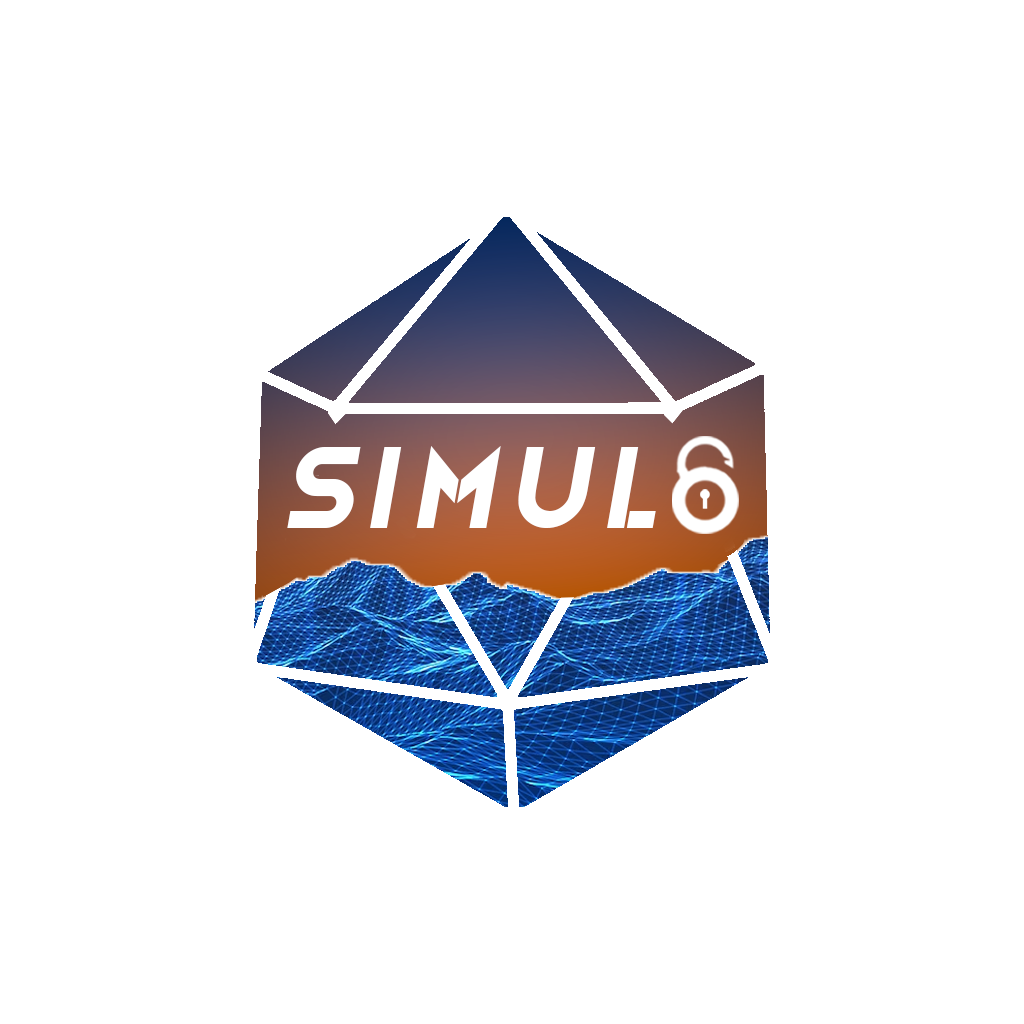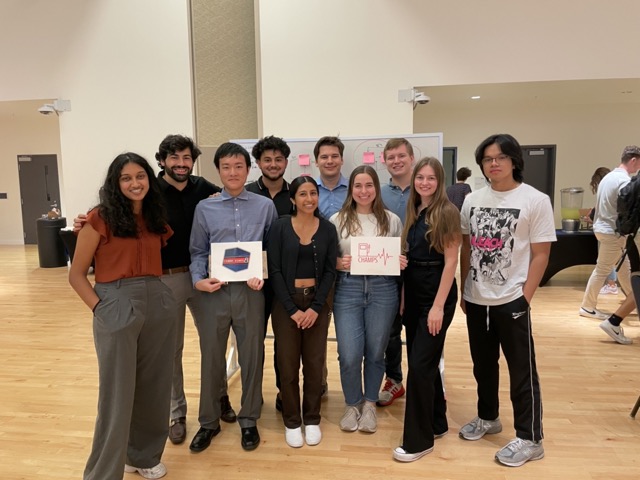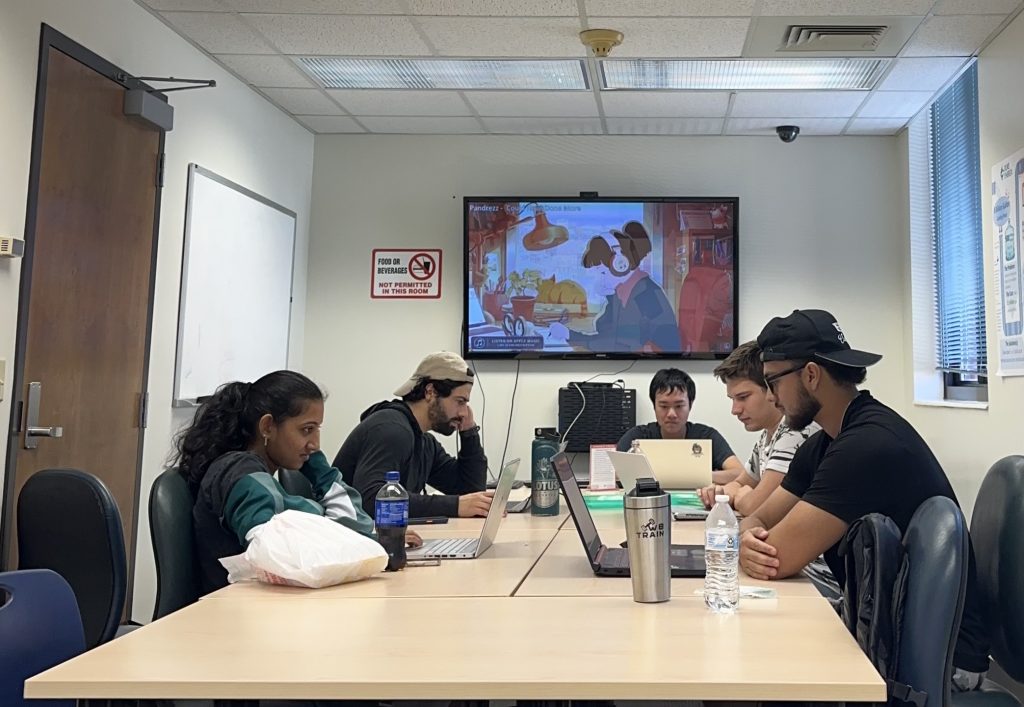
We are at the close of Week 10, and it’s been all about laying the groundwork. We’ve taken a deep dive into the concept design, mapping out the architecture of our system and pinpointing exactly what we want to achieve with our prototype. This week was the planning phase.
Through brainstorming sessions and collaborative discussions, we’ve set the stage for what’s to come. We’ve outlined a robust plan for a prototype that not only works but also provides a diverse range of options for users, giving us a solid base to build upon.
Next week, we’re moving from the drawing board to the field. Our aim is to bring to life a working prototype with at least five options for the user, setting a strong foundation for when we scale up to over 100 choices. This transition from planning to implementation is where the magic begins, where we start to see our project breathe and take shape.
It’s time to roll up our sleeves even higher and turn these well-laid plans into action. Let’s make this prototype a reality and witness the first true spark of life in our project.










